Whey protein has earned its status as a gold standard in the world of supplements for fitness, and for good reason. It's complete, bioavailable, and backed by decades of science. But here’s the catch: just having whey protein powder in your cabinet doesn’t guarantee results. In fact, a surprising number of people misuse this powerful supplement in subtle ways that could be sabotaging their goals.
Here are five common whey protein mistakes people make and how to avoid them so you can unlock its full potential.
1. Focusing on Post-Workout Timing but Missing the Daily Goal
We’ve all heard the hype about the “anabolic window”, that narrow window post-workout where you supposedly need to slam a protein shake or risk wasting your workout. But what really matters isn’t when you take your protein; it’s how much you’re getting across the entire day.
A 2018 systematic review published in the Journal of the International Society of Sports Nutrition found that total daily protein intake was a stronger predictor of muscle growth than nutrient timing alone (JISSN). While post-workout protein can be beneficial, it’s secondary to consistently hitting your daily target, because generally around 1.6 to 2.2 g of protein per kg of body weight for active individuals.
Bottom line: Use whey to help meet your daily intake, not just as a post-gym ritual.
2. Doubling Your Scoop, Not Your Results
Protein is great, but more isn’t always better. Going from one scoop to three won’t triple your results. In fact, once your protein needs are met, excess protein is simply oxidized or stored.
Research shows that the body can effectively use about 20 to 40g of high-quality protein per meal for muscle protein synthesis (JISSN). Anything significantly beyond that doesn’t provide extra benefit for muscle growth in one sitting.
And remember: your body needs more than just protein. Overconsumption might lead to digestive discomfort, dehydration, or even nutrient imbalances if it displaces whole food sources.
Pro tip: Stick to what your body can absorb efficiently and spread your intake throughout the day.
3. Assuming All Powders Are Created Equal
Walk into any supplement store and you're met with dozens of protein brands all claiming to be the best. But peel back the label, and the story isn’t always so clean.
Independent testing by third-party laboratories has revealed that some protein powders may contain heavy metals, artificial sweeteners, or less protein than claimed on the label. In fact, a 2018 study by the Clean Label Project found detectable levels of lead, arsenic, and BPA in some popular protein powders.
Always choose supplements that are third-party tested and verified to ensure quality and safety. That’s where transparent, clean-label brands stand out, the kind that prioritizes quality sourcing, minimal ingredients, and rigorous third-party testing. Look for keywords like “grass-fed,” “non-GMO,” “no artificial additives,” and “third-party tested.”
Not all whey is equal; choose one that values your health as much as your gains.
4. Mistaking Whey for a Complete Diet Fix
A protein shake can never replace a balanced plate. Yet many fall into the trap of treating it like a meal substitute or a magic bullet.
While whey is rich in essential amino acids, it lacks fiber, phytonutrients, and the variety of micronutrients found in whole foods. Relying on it too heavily can lead to nutritional gaps especially in those skipping meals or on restrictive diets (NIH).
Whey works best as a supplement, complementing a foundation of colorful fruits, vegetables, whole grains, healthy fats, and plant or animal proteins.
Supplement smart: think of whey as part of your toolkit, not your main meal.
5. Ignoring Individual Tolerances and Potential Side Effects
Just because whey is widely used doesn’t mean it works for everyone. For those with lactose intolerance, IBS, or sensitive skin, conventional whey concentrates may cause issues like bloating, gas, or even breakouts due to inflammatory responses.
Whey Isolate, a more refined version with most of the lactose removed, is often better tolerated. Hydrolysates, which are pre-digested for faster absorption, are another alternative for those with sensitivities.
And if dairy just doesn’t work for you, vegan options using pea, rice, or algae proteins can offer a well-rounded amino acid profile without the side effects.
Whey Protein, Demystified: Which Type Works Best for You?
Here’s a quick comparison of the main types of whey protein to help you make an informed choice:
|
Type |
Protein Content |
Lactose Content |
Digestion Speed |
Best For |
|
Whey Concentrate |
~70–80% |
Moderate |
Moderate |
Budget-friendly, everyday use |
|
Whey Isolate |
~90–95% |
Low |
Fast |
Lactose-sensitive individuals |
|
Whey Blend |
~70–90% |
Varies |
Moderate to Fast |
Balanced mix of absorption and value |
Final Thoughts
Whey protein is incredibly effective, but only when used intelligently. Whether you’re chasing muscle, supporting recovery, or just boosting your protein intake, success lies in the how, not just the what. Wellbeing Nutrition’s advanced whey protein line offers clean-label, high-absorption isolates with added digestive enzymes and greens, making them ideal for recovery without the guesswork.
Avoid the pitfalls. Focus on your full-day protein needs, pick quality over quantity, and always listen to what your body is telling you. Because the best results don’t come from doing more, they come from doing it right.


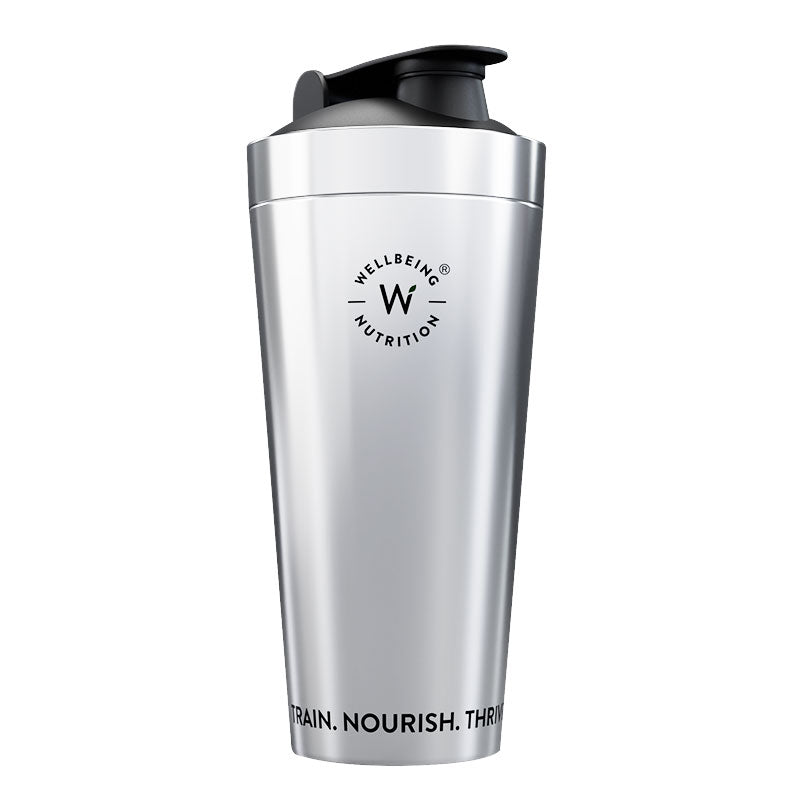




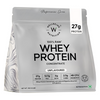

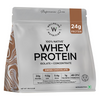
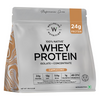
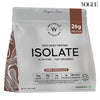
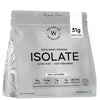







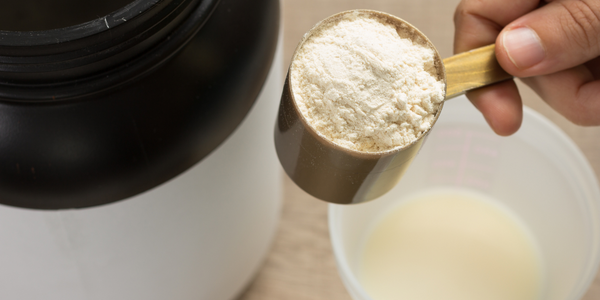

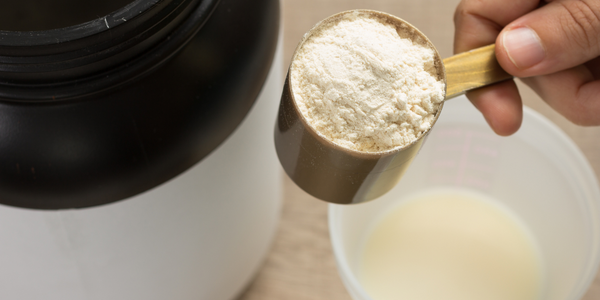
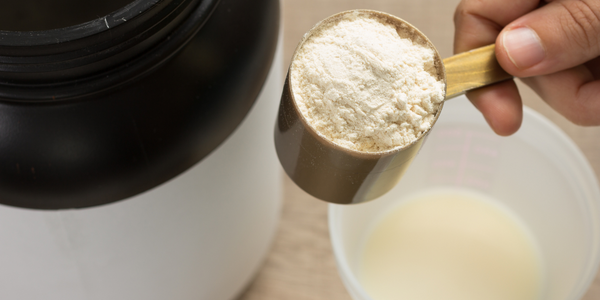










 DOWNLOAD NOW
DOWNLOAD NOW
